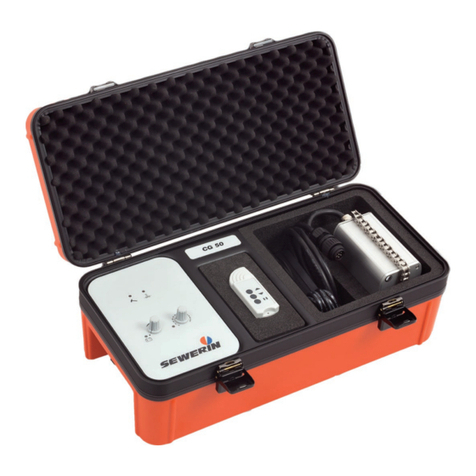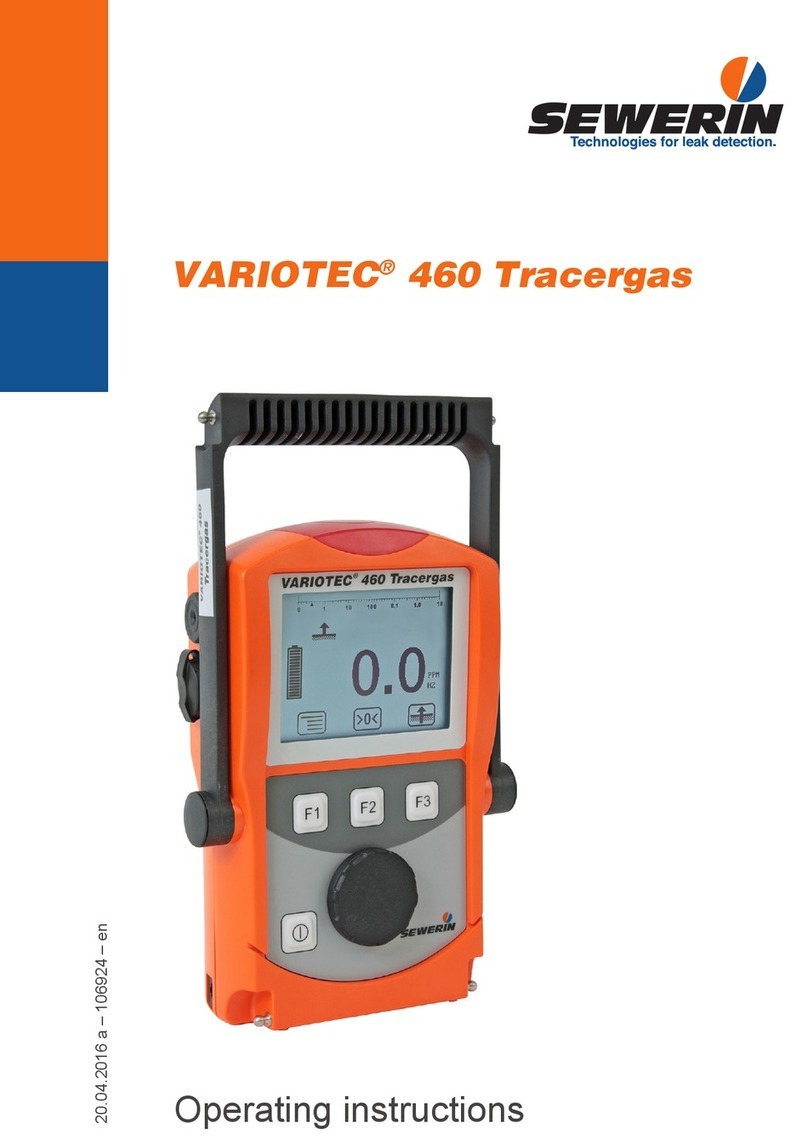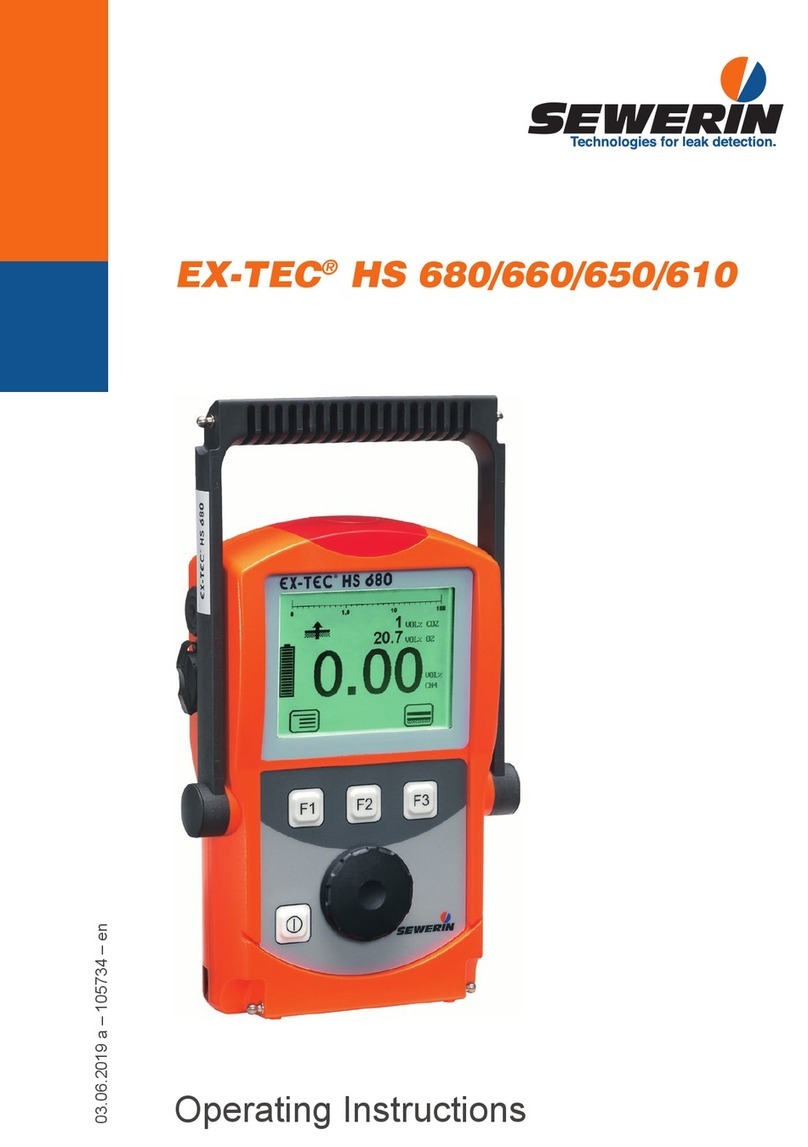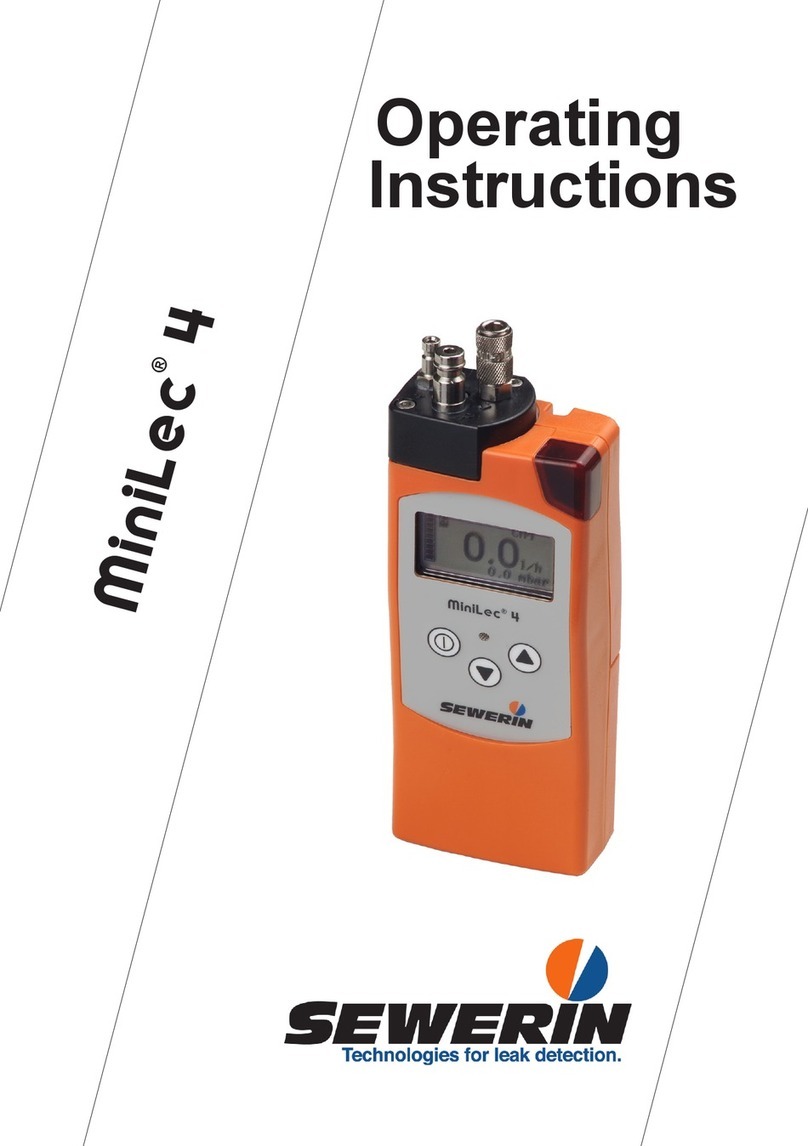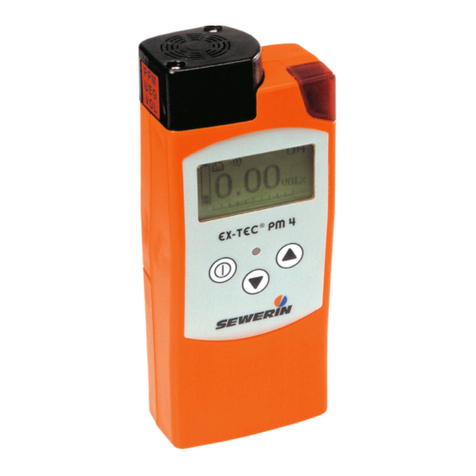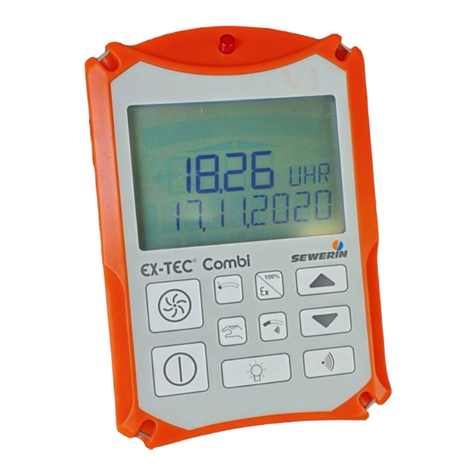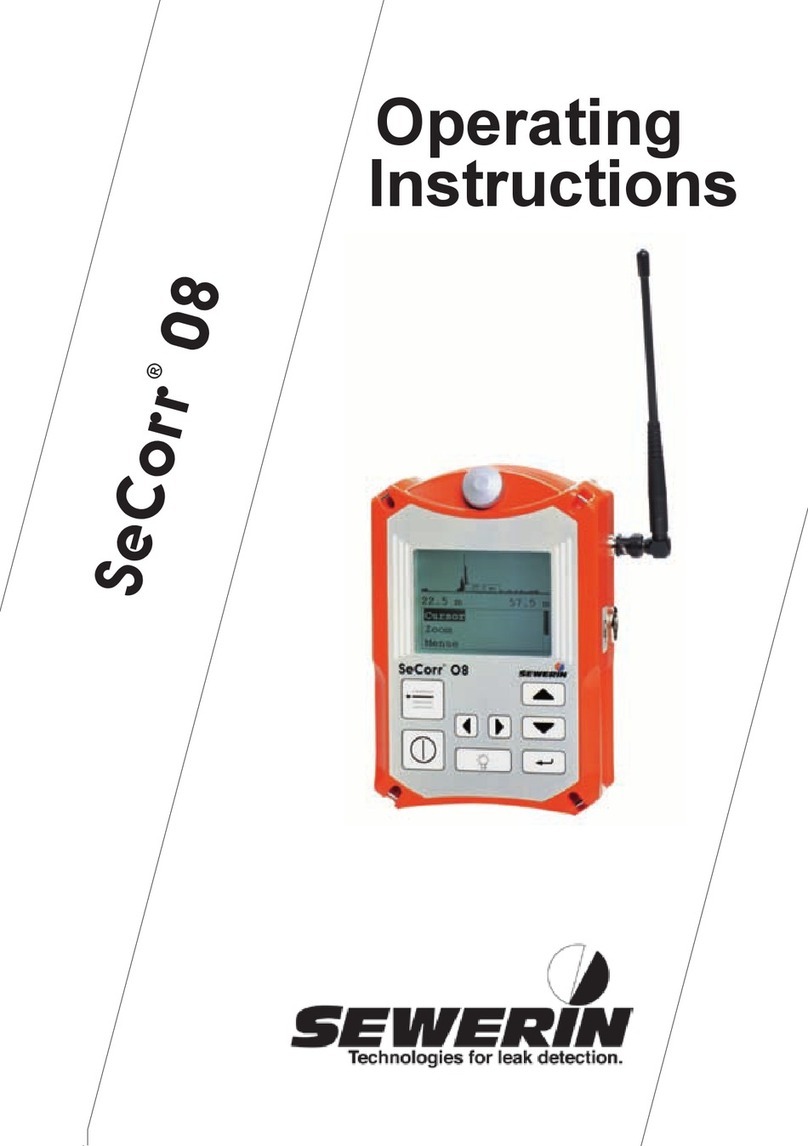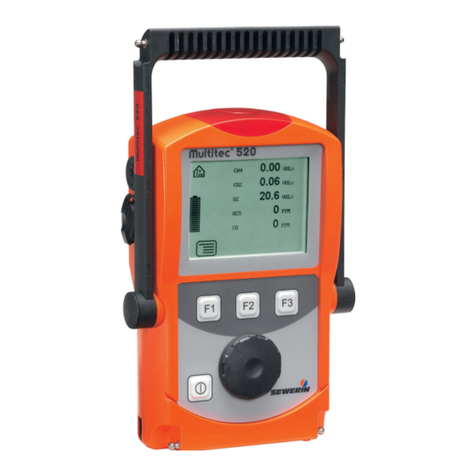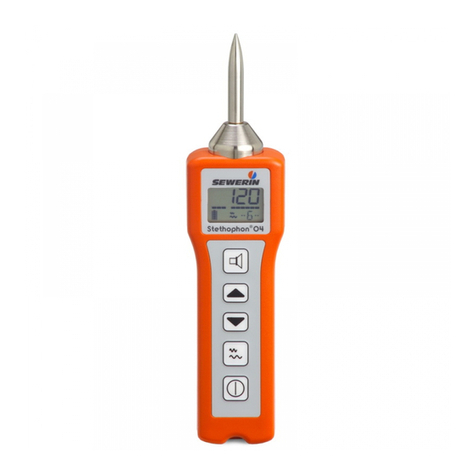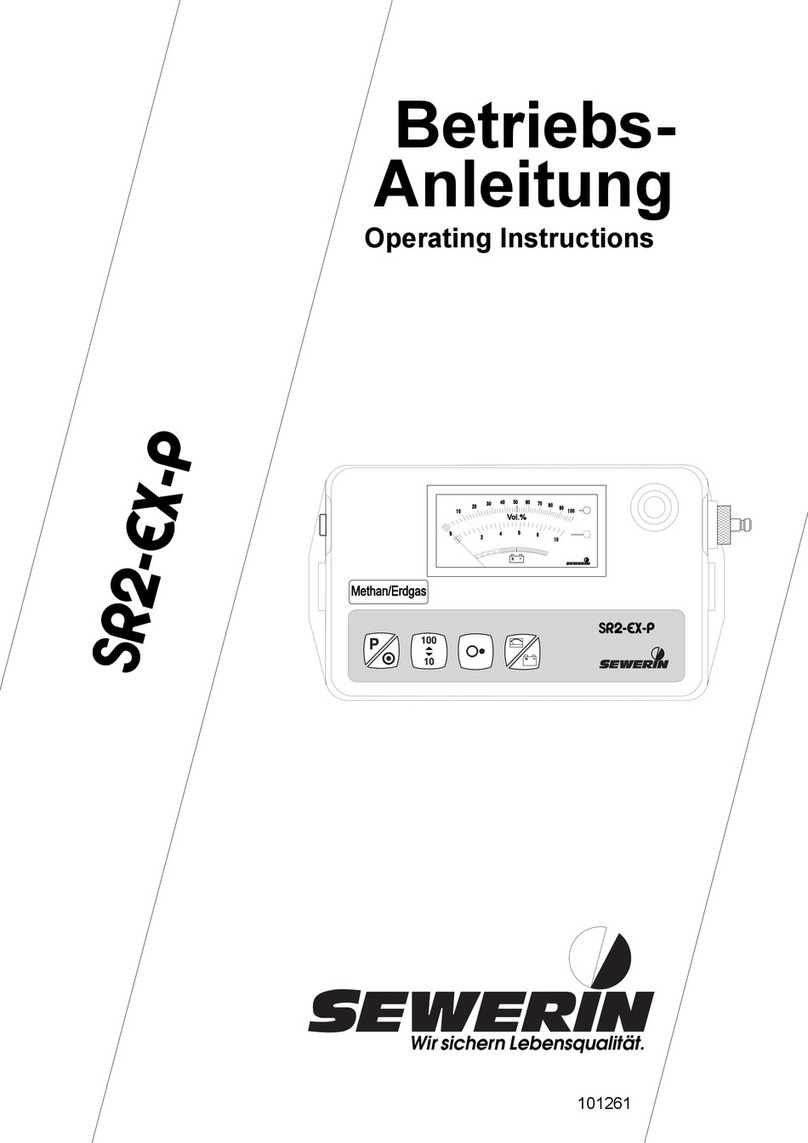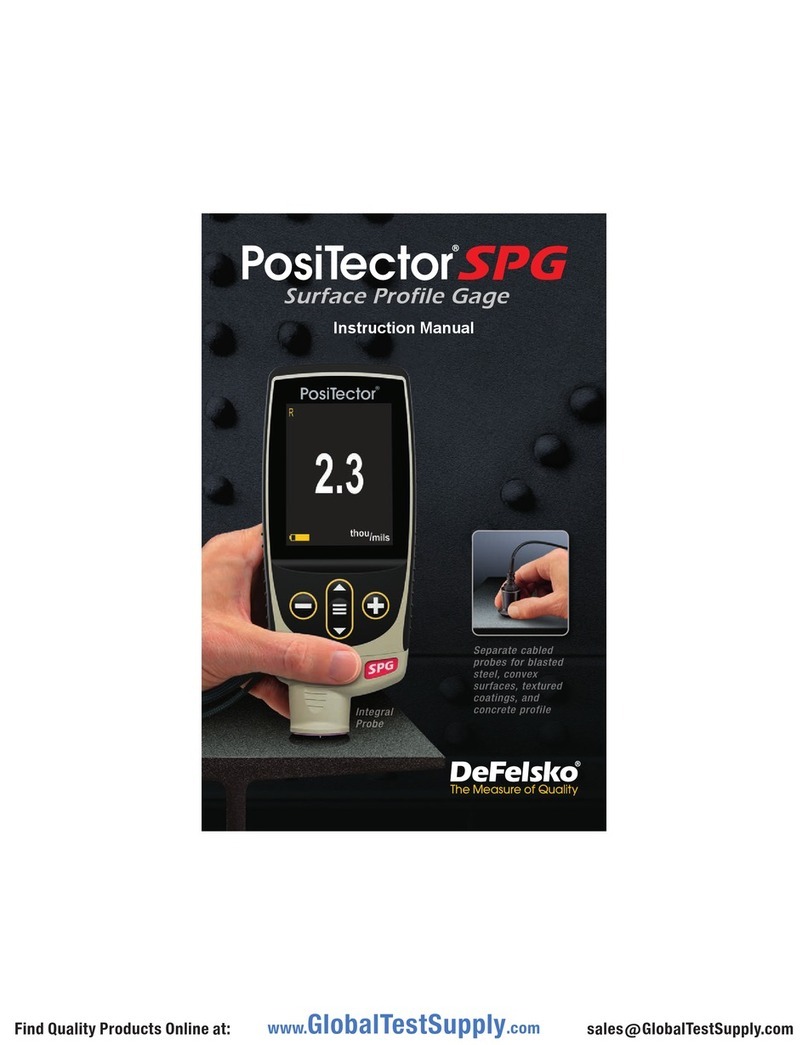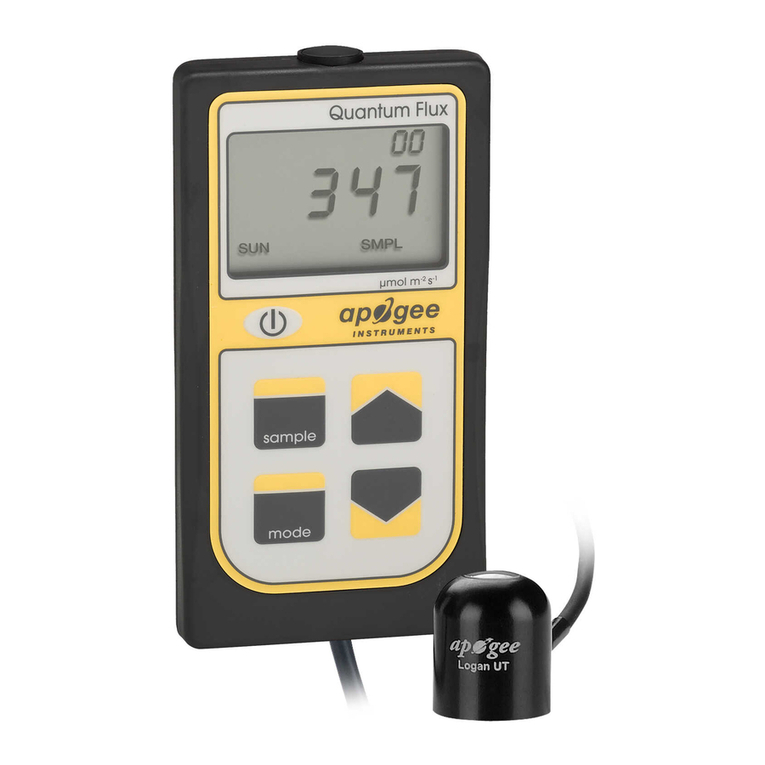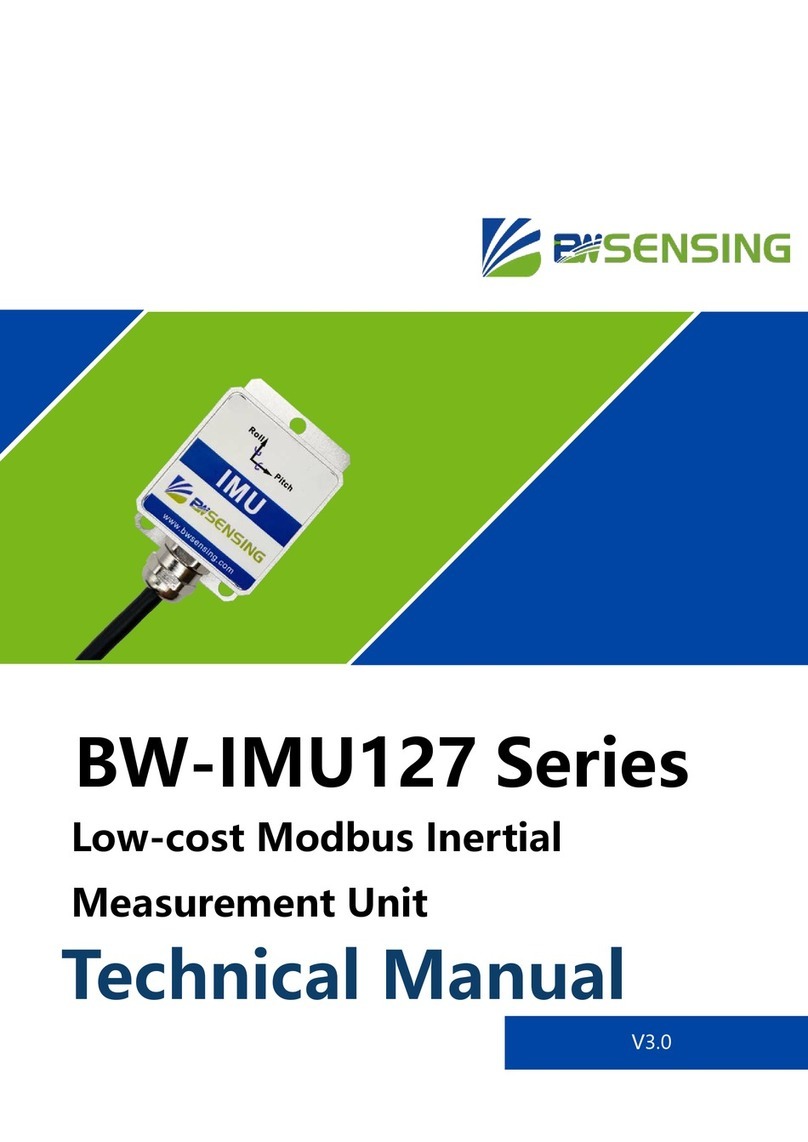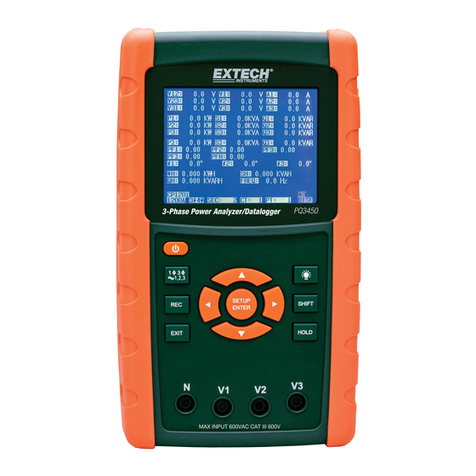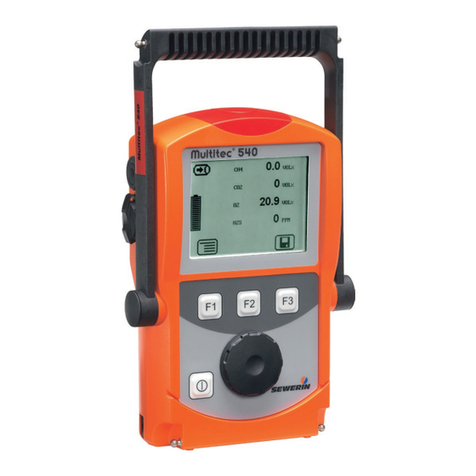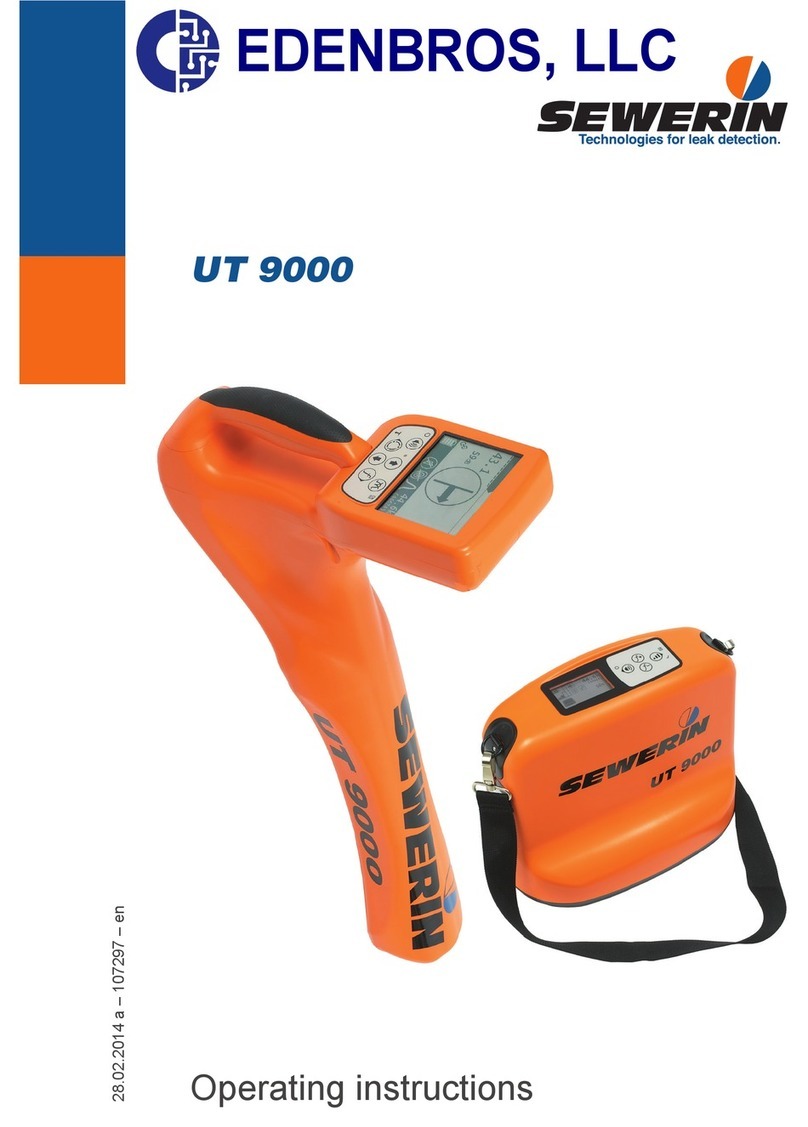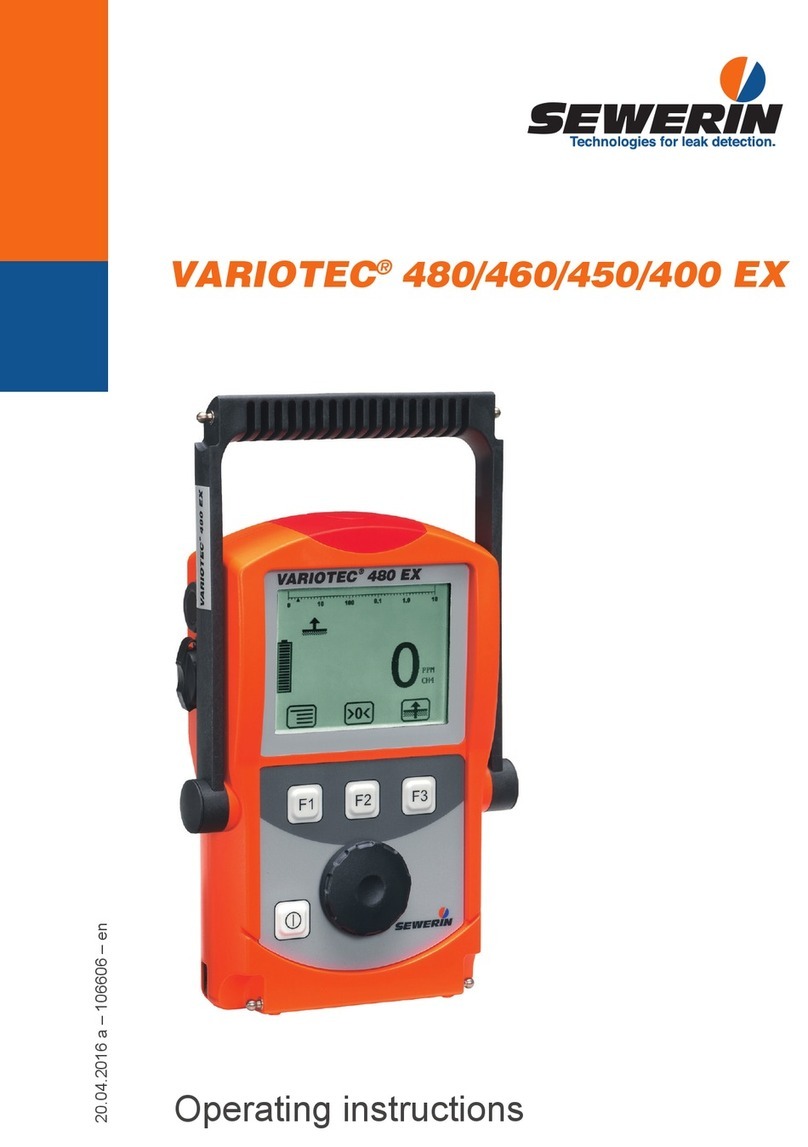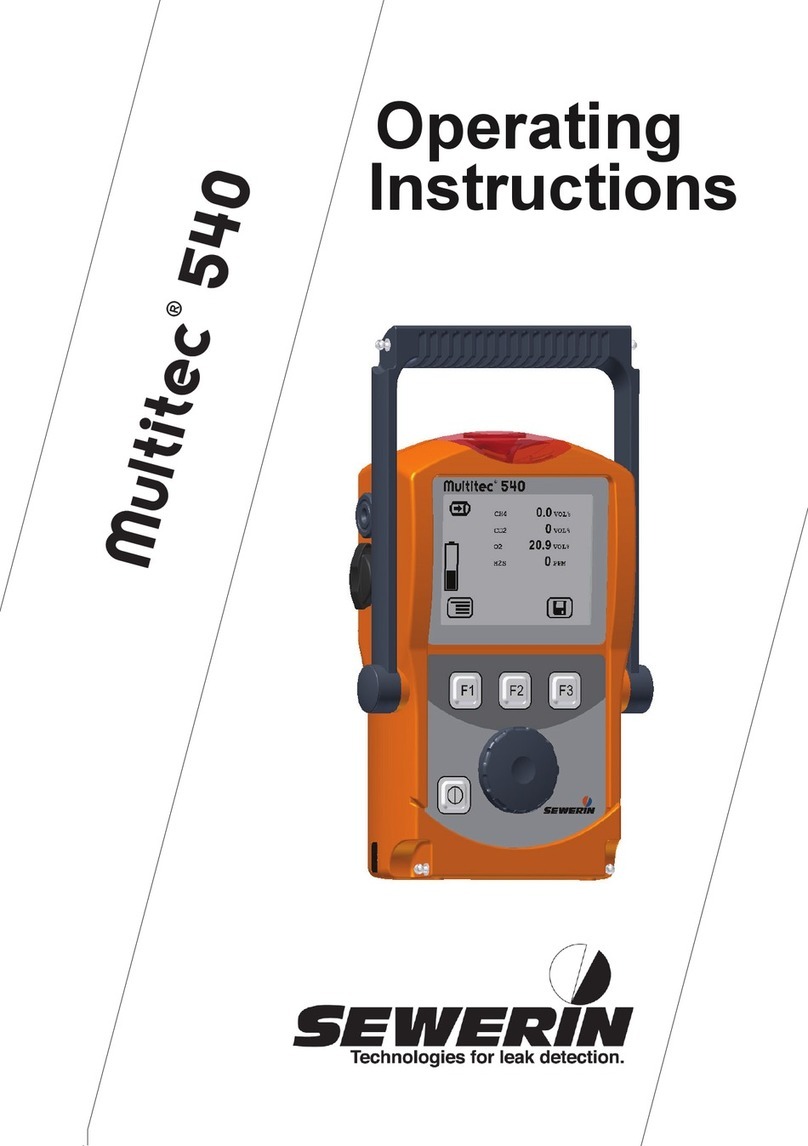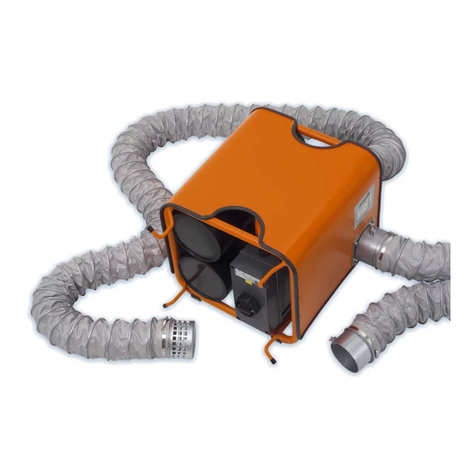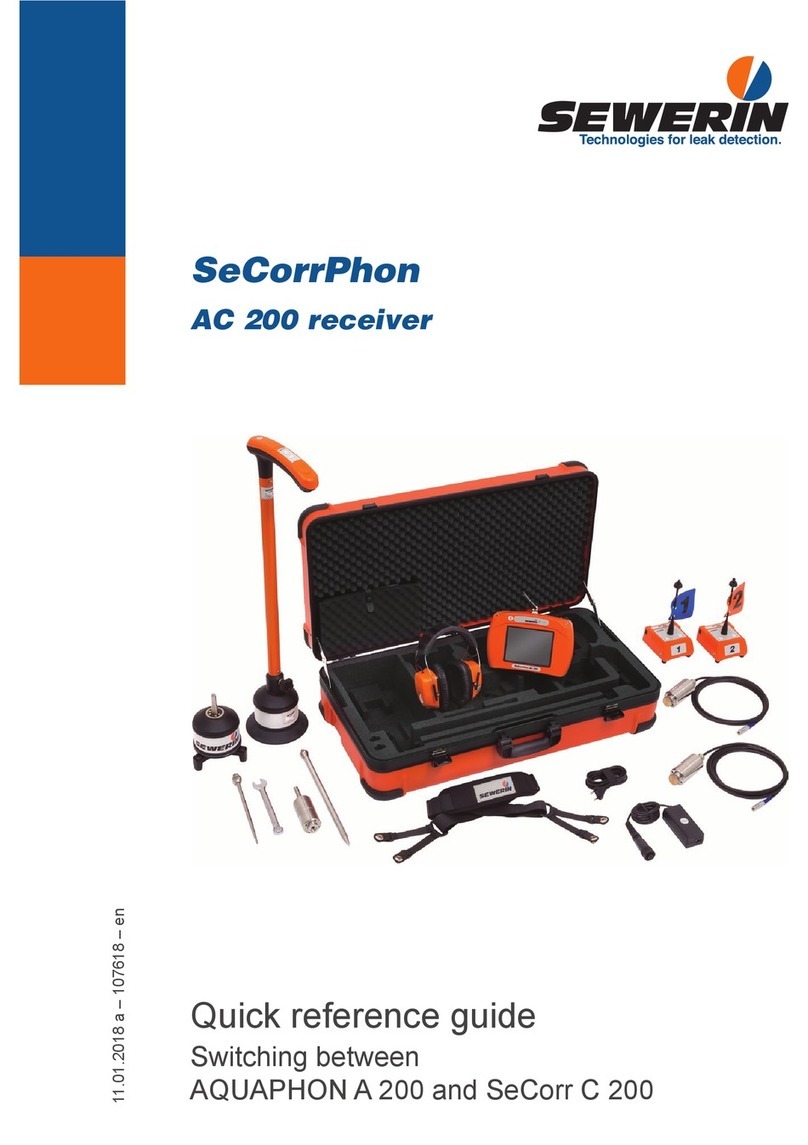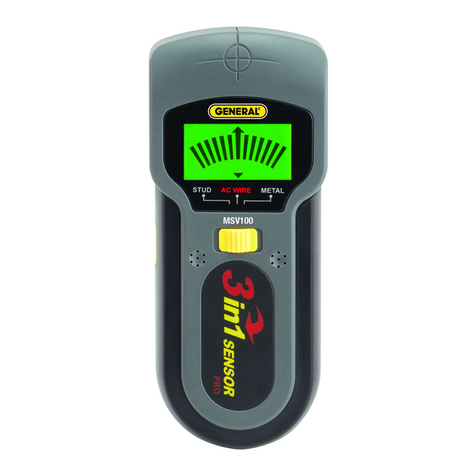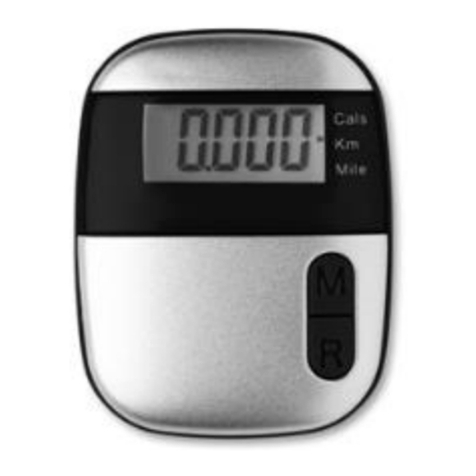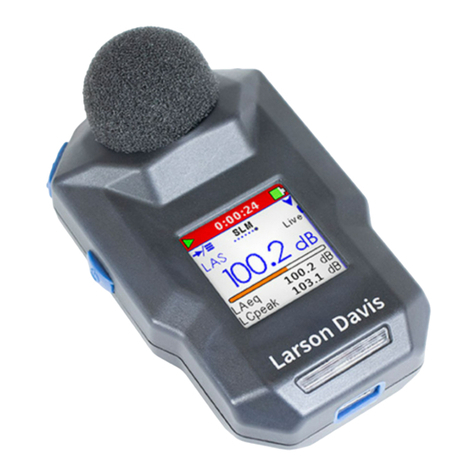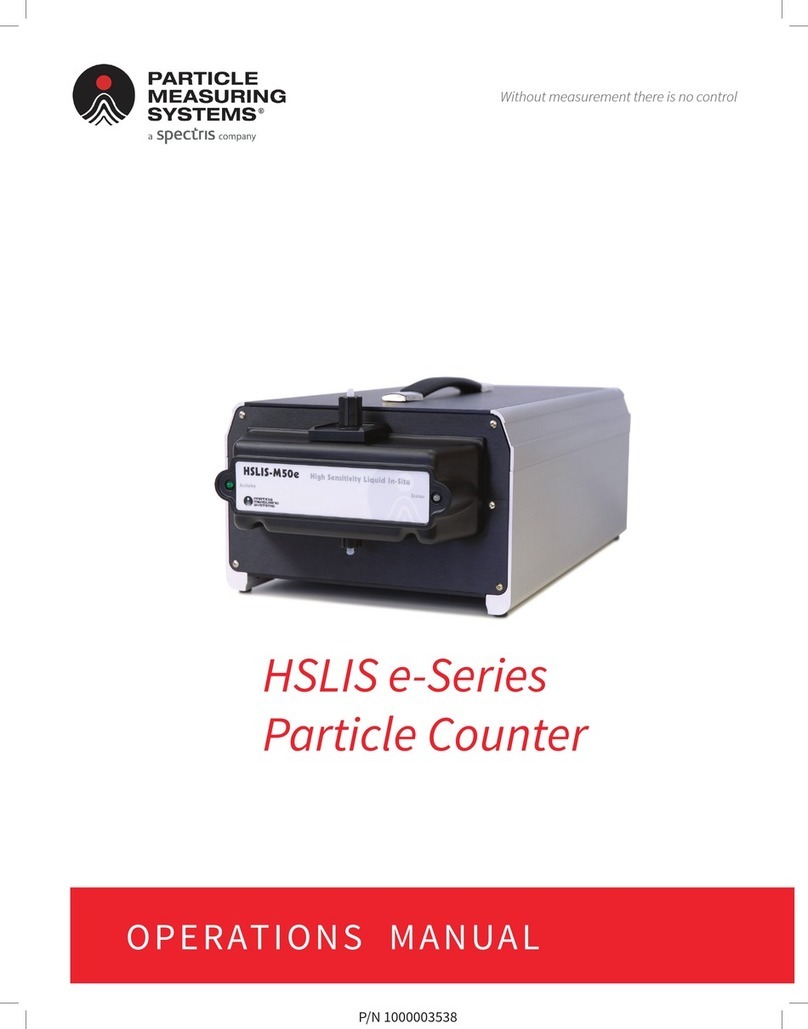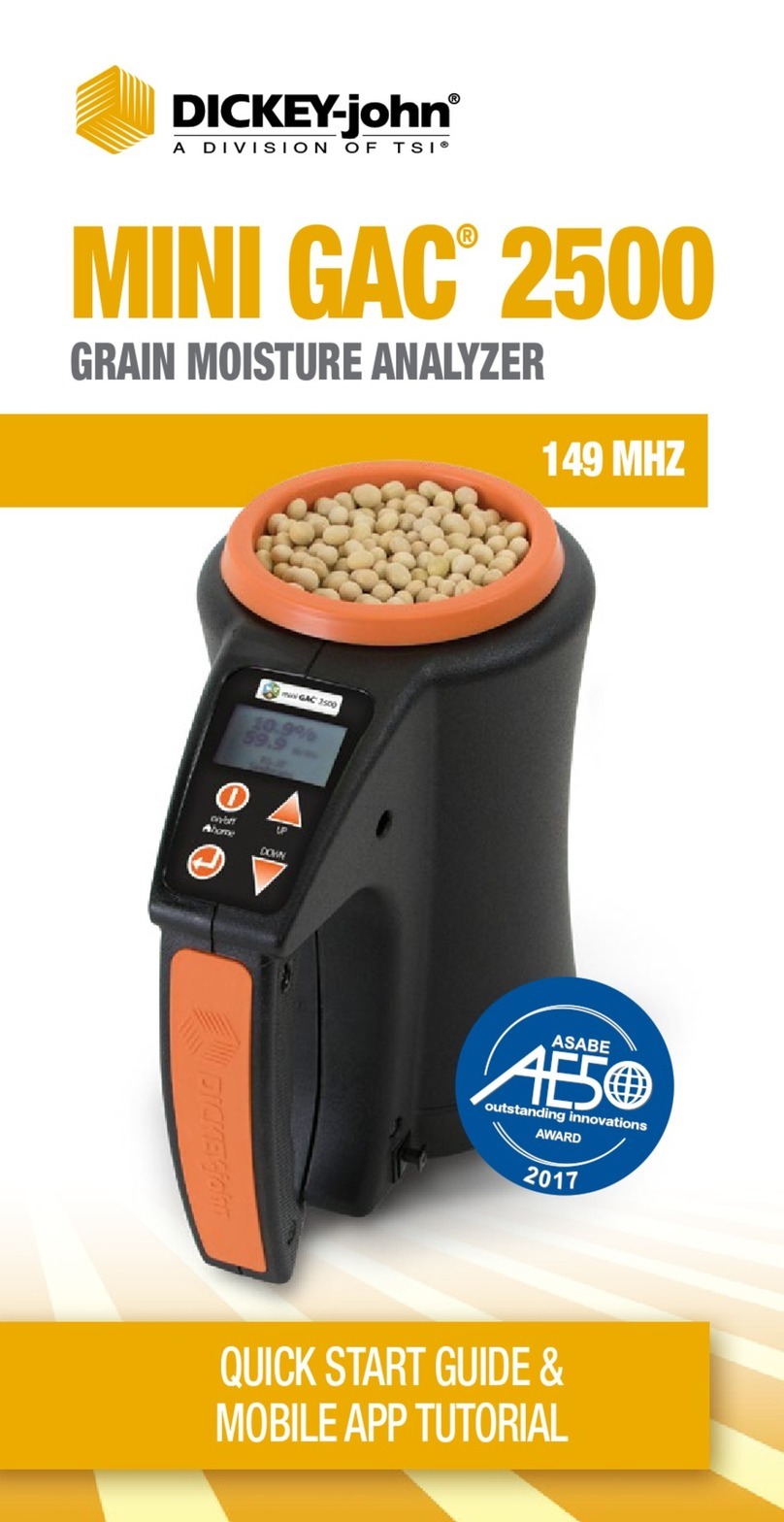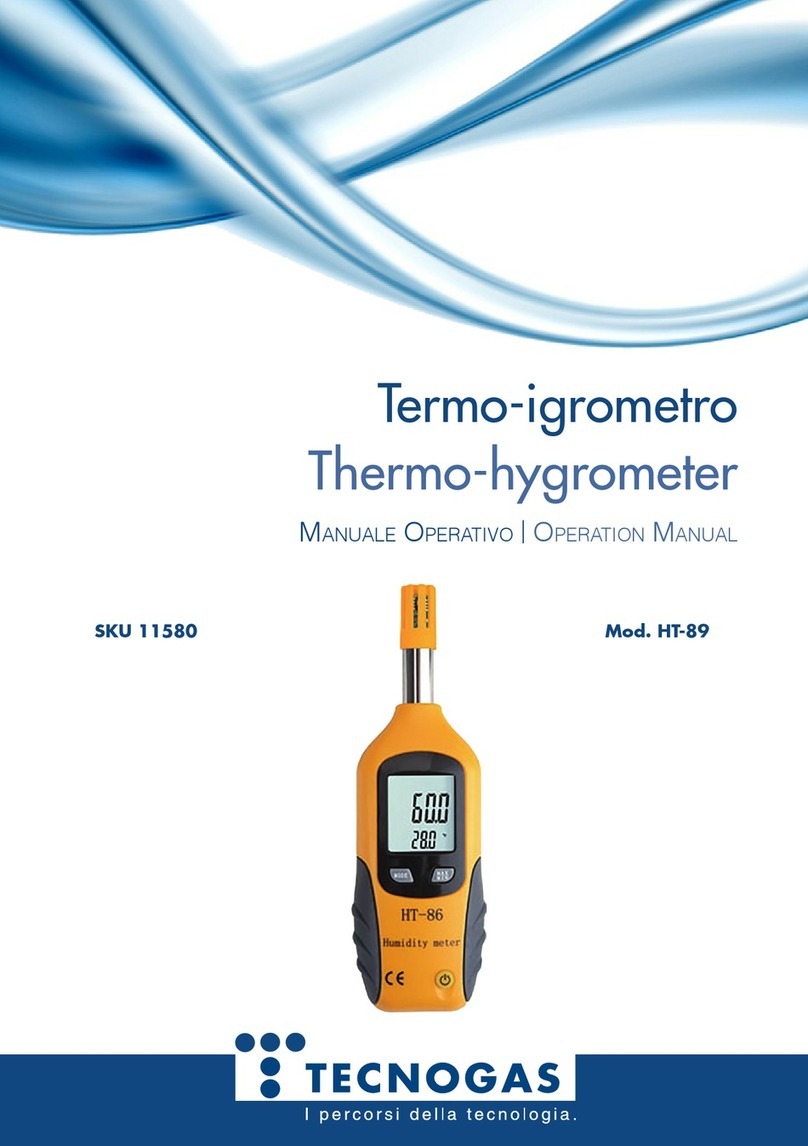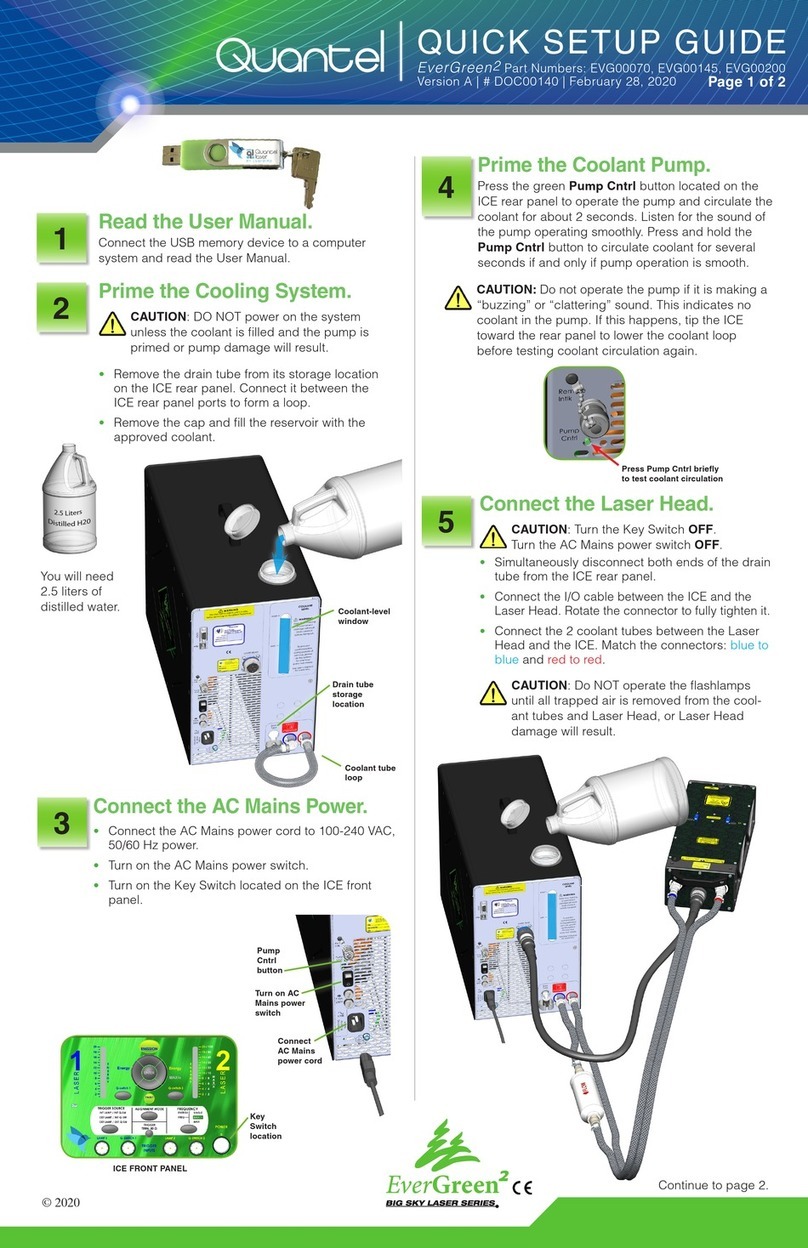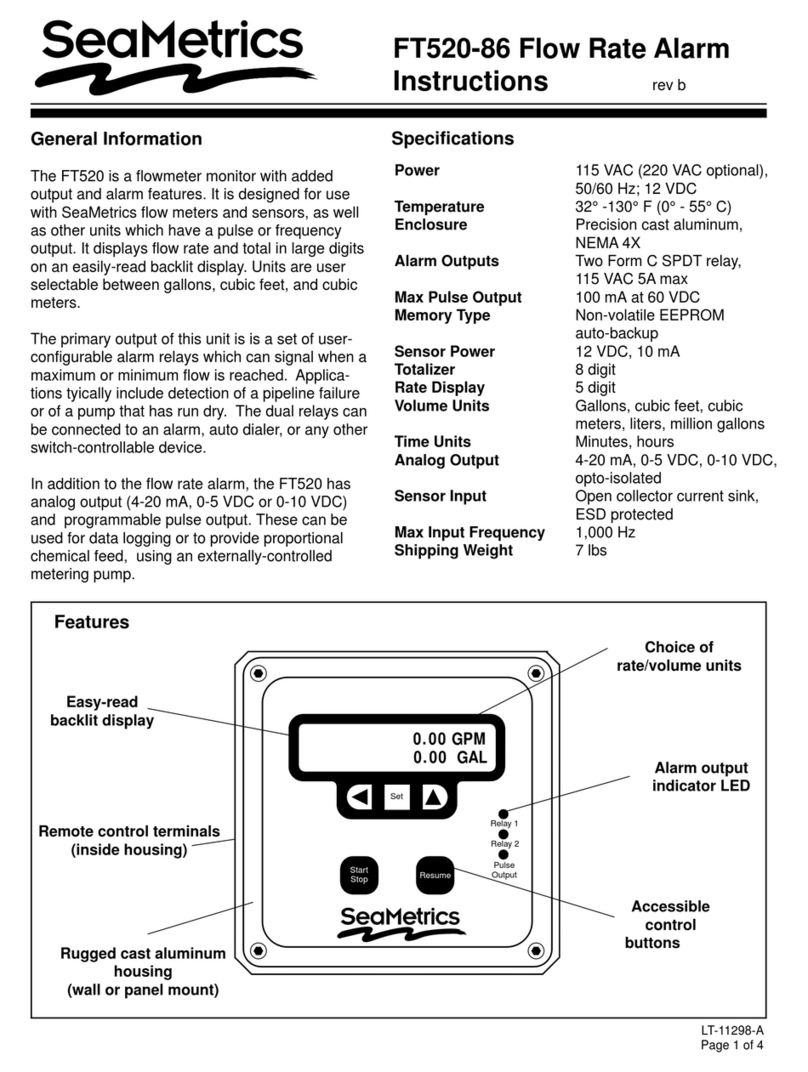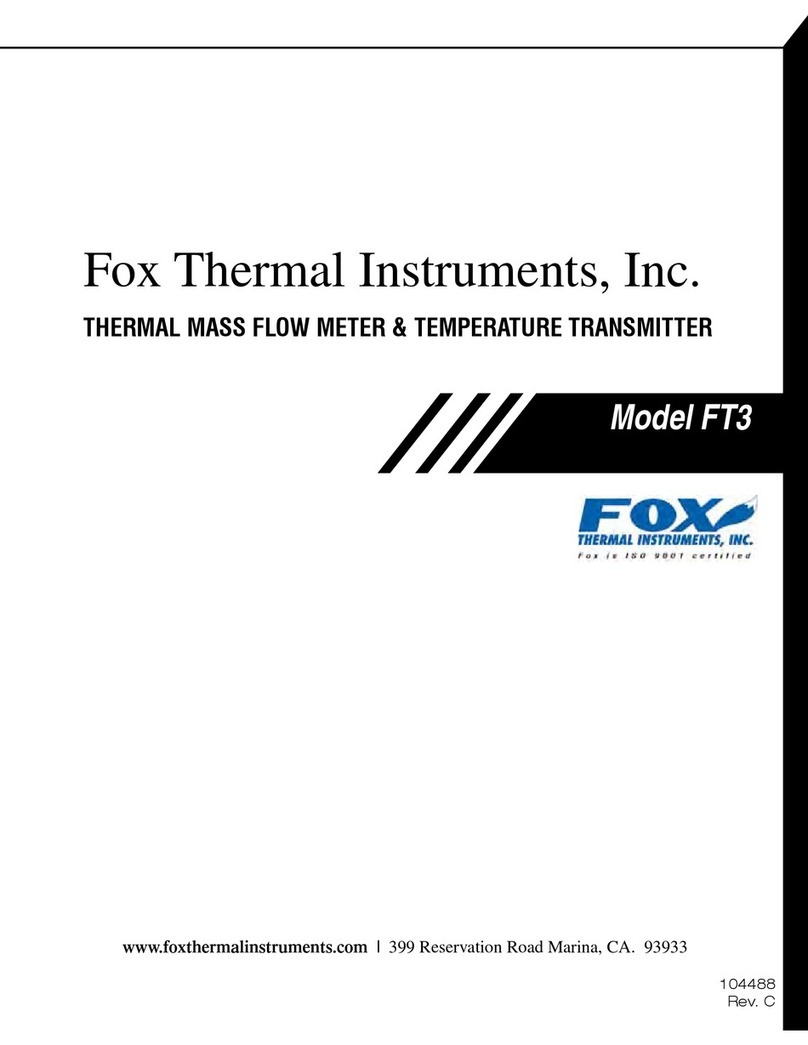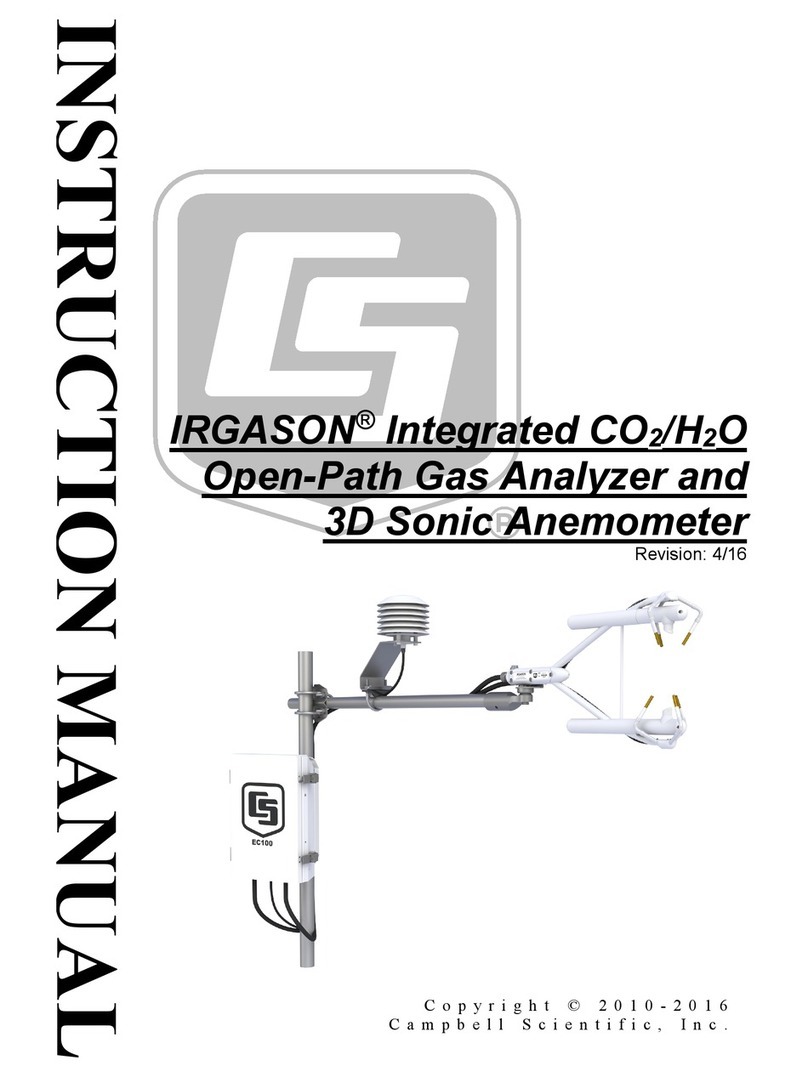
II
Contents Page
4 Power supply.........................................................................27
4.1 Suitable disposable/rechargeable battery types .....................27
4.2 Operation with rechargeable batteries ....................................28
4.2.1 Charging...............................................................................28
4.2.2 Rechargeable battery maintenance .....................................29
4.3 Battery alarm...........................................................................30
4.4 Replacing disposable/rechargeable batteries .........................30
5 Maintenance ..........................................................................32
5.1 Device inspection ....................................................................32
5.1.1 General information on the device inspection ......................32
5.1.1.1 Scope................................................................................32
5.1.1.2 Frequency .........................................................................33
5.1.1.3 Documentation..................................................................33
5.1.1.4 Integrated device inspection .............................................33
5.1.1.5 Order.................................................................................34
5.1.1.6 Test gases for the device inspection .................................34
5.1.2 Carrying out the device inspection .......................................35
5.1.2.1 Accessing the device inspection .......................................35
5.1.2.2 Concluding the device inspection......................................36
5.1.3 Testing the general status ....................................................37
5.1.3.1 Housing.............................................................................38
5.1.3.2 Signals ..............................................................................38
5.1.3.3 Probe.................................................................................38
5.1.3.4 Filter ..................................................................................39
5.1.3.5 Pump.................................................................................39
5.1.4 Testing indication accuracy with supply of fresh air .............39
5.1.5 Testing indication accuracy with supply of test gas..............40
5.2 Adjustment ..............................................................................41
5.2.1 Scope ...................................................................................42
5.2.2 Test gases for the adjustment ..............................................42
5.2.3 Special features of adjustment with gas mixture..................43
5.2.4 Preparation...........................................................................44
5.2.5 Performing the adjustment ...................................................44
5.2.5.1 Adjusting the zero point.....................................................44
5.2.5.2 Adjusting the sensitivity.....................................................45
5.2.6 Carrying out an oxygen adjustment .....................................46
5.2.6.1 Adjusting the zero point for oxygen...................................46
5.2.6.2 Adjusting the sensitivity for oxygen...................................47
5.3 Servicing .................................................................................48




















